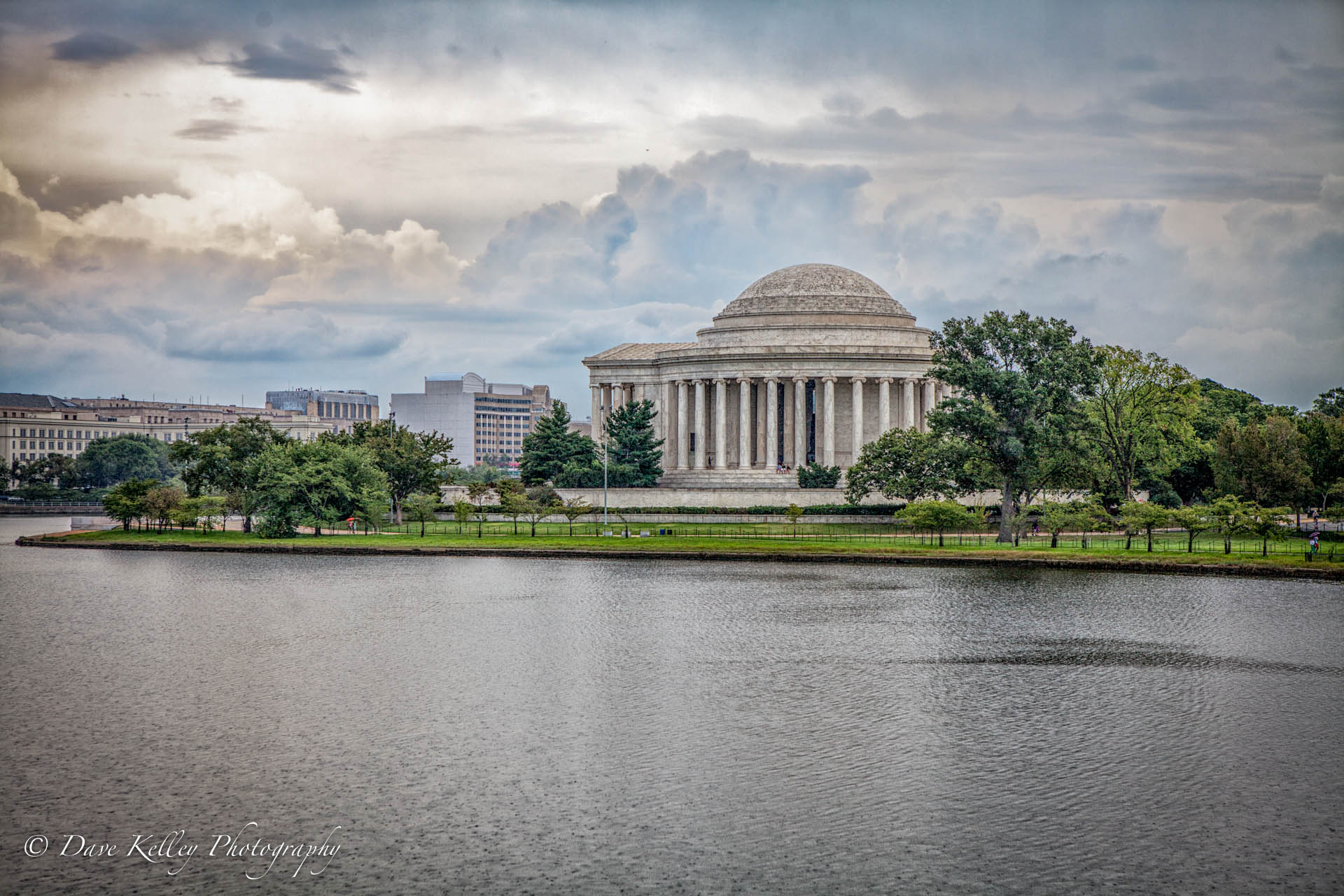Go to your dark place...
/If you've picked up on the idea that good photography is all about lighting then you got it. You don't need a studio full of lights or modifiers to make it work either. I do believe that the popup flash on any camera should be ripped out or duct taped down. The light has to come from somewhere other than the direction of the photographer to make it look like a natural photo. Heck, even crime scenes are shot with a ring flash and that's probably the only example of good light coming from the camera. Not my favorite, but in their case functional, and in any other case it's a nice fashion statement.
To learn lighting so that it comes natural to you it might be best to find a dark place and use one light and play. Playing is very important to become comfortable with anything. Consider that we would sit and play with blocks, and puzzles, and colored in books, and ran around on a playground to learn basic physics and textures and shapes. We never stop learning.
So, with just you and a light and a subject you can see just how one light will bounce around and how the shadows appear. We all knew how it would react but now YOU are the one placing the light to make it react and that's the difference.
Some people use hot lights...that's a light that's always on and usually bright...because they can very easily see how it's going to look. I prefer flash because it's more portable and the subject never has a bright light in their eyes. And with a pocket full of AA batteries I'm good to light all day. Yes, flash is way harder because you don't really see the light until you've taken the shot. Hence the need to know your light and how it's going to look at different power levels and different situations.
A hint here would be to have a small pocket flashlight you can put next to the flash to see how it is generally going to look. It'll be harsh, but telling.
I never do an important shoot with a brand new light. I will play with it at times during the shoot to get comfortable with it, learn it, but not rely on it until I have 5-10 hours of playing with it. You'll find it amazing how you eventually show up at a location, plop the subject down, stand back and look at the sun angle, trees, background, and with plenty of confidence plant your light where you know will make a picture you have in your head and find it did just what you expected.
So, go to your dark place and find your light!








